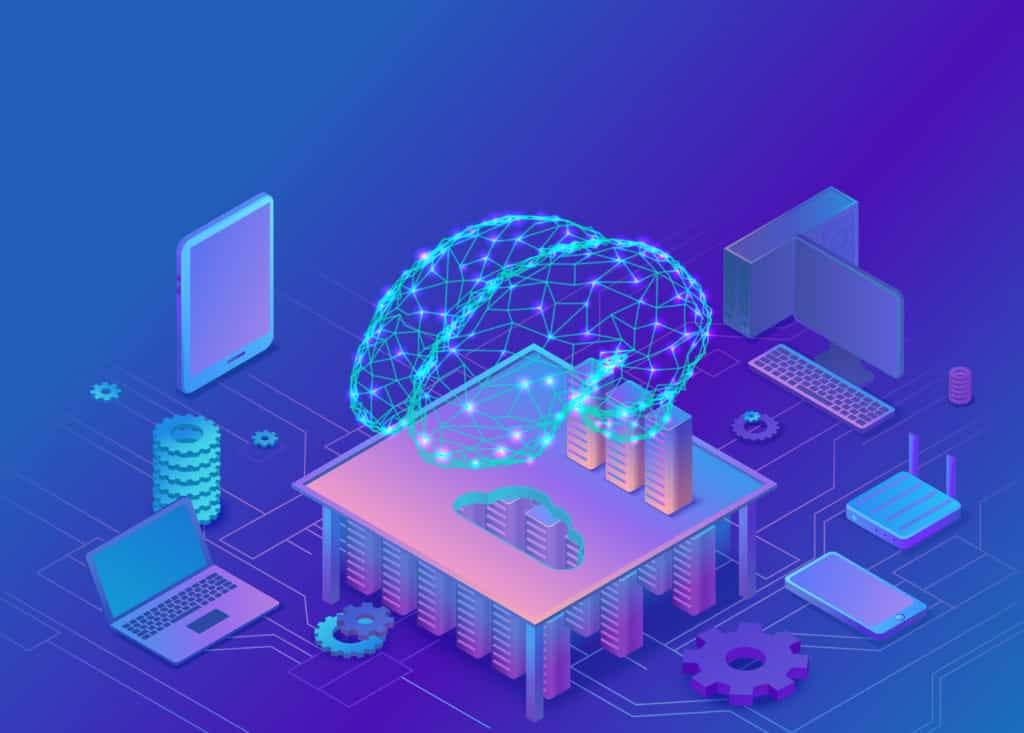When you think of important corporate assets, you might picture physical things such as office buildings, computers and printers.
But there’s another different type of corporate asset that’s becoming increasingly valuable. In fact, it’s becoming — more than ever — a strategically crucial differentiator.
It’s called data.
This is great news for finance professionals. You have a creative opportunity to use all the payment, invoice, cash flow, customer and other types of data to generate more valuable insights.
But here’s the best part. These insights lead to more intelligent business decisions such as ways to deliver more personalized payment and invoice services to customers, vendors and suppliers faster and more economically.
The growing importance of machine learning in AP automation
With all this attention being paid to the value of data, accounts payable system leaders will benefit from learning more about an increasingly popular type of data-centric artificial intelligence (AI) technology called machine learning.
In the world of AP automation, the technology processes and analyzes data to detect behavioral patterns of supplier payments and invoices and predicts the likelihood of those behaviors continuing.
The checks either don’t arrive on time or not at all. Based on behavioral data, machine learning alerts the business that something needs to be fixed.
In response, the business making the payments could, for instance, offer the supplier a different payment option that could be faster and more reliable. Or the supplier could tell the payer what method they would like to use to remedy the situation.
Machine learning in AP automation can also help companies make predictions on market or vendor payment risks, forecast future spending increases or decreases and detect the statistical probability of invoice anomalies and fraudulent checks based on historical data.
$5,000 rental bill this month; $1,000 last month – what gives?
In a different situation, the software provider could use machine learning to detect unusual payment behavior. For instance, machine learning could detect an odd pattern in which a customer is being charged a $5,000 rental bill this month when in the past the monthly bills have been $1,000.
In this scenario, the software provider could give the supplier a heads up about the discrepancy. The supplier could then either find out why the charge rose and/or pay the bill on time to avoid late fees.
Whatever the decision, the supplier will have benefited from the more valuable data insights sooner to have more time to make the right decision.
One-third of financial pros are familiar with machine learning
There’s considerable awareness among finance pros about the benefits of machine learning. An AvidXchange survey reveals that 43 percent are familiar with artificial intelligence and more than one-third (34 percent) know about machine learning.
Consistent with this, familiarity with the importance of data is also becoming much more widespread in the business community.
Quentin Hardy, head for editorial for Google Cloud, is a big believer in the inevitability of businesspeople using more data in the future to make smarter business decisions.
“Lots more data is going to be created, and people will want to capture and save this,” said Hardy who was the lead guest speaker on a recent AvidXchange webinar titled Gearing Up for Growth in 2021 With Google Cloud’s Head of Editorial. “Even if you’re not working with data now, you will be.
“New data will be relatively more valuable than ever, but so will flexibility,” he added. “Finance pros need to work on their ability to use data to read and respond to the market.”
From an AP automation standpoint, companies will use data analytics and intelligence to send out invoices and gain insights into how customers, vendors and suppliers interact with that invoice so they can deliver them more personalized services.
“People are hungering for more data and new information,” he said. “Any kind of hard and fast data analytics capability is becoming really important.”
You May Also Like: AvidXchange Embarks on Data Lake Journey With Azure Synapse Analytics
Final thoughts
Now is a great time for your AP automation systems department to figure out new ways to use your payment, invoice and accounting data to generate more value for your customers.
The good news is you already have the data and can use machine learning to glean more value from it.
You might ask yourself these kinds of questions: How can you look at the payment data over the past six months, and figure out from that which customers and suppliers are most loyal and which ones put your company at the most risk? Which way of paying people is most likely to make them more loyal customers?
Imagine all the other ways you can harness the power of your data – a key strategic asset – and you’re bound to make exciting discoveries.
Get creative with your data. Consider using machine learning to help you make better decisions. This is a slick strategy growth strategy you can put to use in original and cool ways.
And it can boost your business — big-time.



